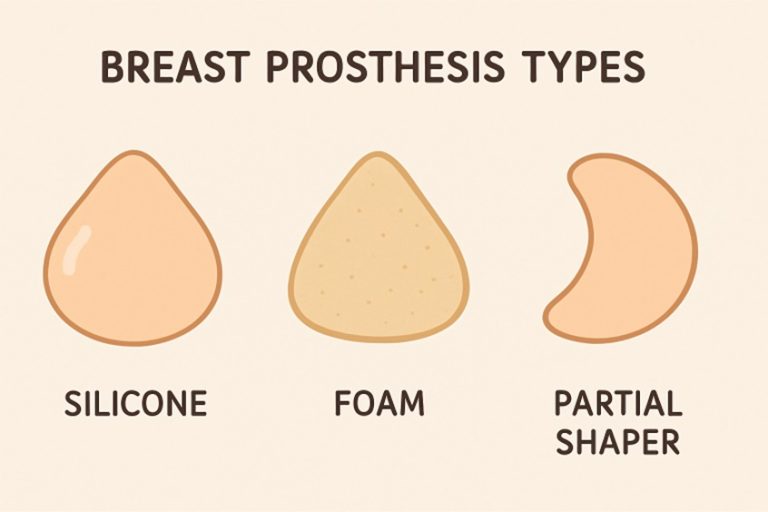Key Takeaways
- There are multiple types of breast prostheses, each designed to meet different needs.
- Professional fittings substantially improve comfort, fit, and natural appearance.
- The material of a breast prosthesis impacts its weight, texture, and suitability for different activities.
- Ongoing care and maintenance are crucial for longevity and hygiene.
- Insurance coverage and support resources are widely available.
Introduction
Choosing the right breast prosthesis is an important step for many individuals following mastectomy or breast surgery. For those, silicone breast plates San Diego CA can be a valuable option, providing both physical comfort and emotional reassurance. The right choice restores confidence and a sense of normalcy. For those seeking expert advice, resources addressing breast prosthetics can offer specialized guidance on assessing needs and selecting appropriate solutions. Whether for everyday comfort, active lifestyles, or aesthetic needs, understanding the different options ensures a better result and a more positive experience post-surgery.
Understanding Breast Prosthesis Types
Understanding the prosthesis options is crucial for selecting the right one. Silicone prostheses replicate the density, weight, and feel of natural breast tissue, providing a realistic look under clothing and swimwear. Foam or fiberfill prostheses are lightweight and comfortable, ideal for post-surgery recovery or leisure wear. Partial prostheses, also known as ‘equalizers,’ are designed for those who have undergone lumpectomy or breast-conserving surgery to restore symmetry and create a harmonious silhouette. Matching prosthesis choice with lifestyle, physical needs, and cosmetic preferences is essential.
Importance of Professional Fitting
Achieving the best results comes down to proper fitting. Specialists such as certified mastectomy fitters are trained to assess your unique post-surgical anatomy and assist in identifying options that provide the highest degree of comfort and a natural look. They measure for size, shape, and skin tone and consider the types of clothing you typically wear. According to the National Cancer Institute, fittings can also help prevent skin irritation and posture issues that sometimes arise when a prosthesis is not properly aligned.
Material Considerations
The next step is to evaluate prostheses made from different materials. Silicone is the gold standard for women seeking permanent solutions, but it can be heavy. Foam is gentle on sensitive skin and lightweight but less realistic than silicone. Gel is a compromise between lightness and life-like texture, making it more comfortable for all-day use. Matching the prosthesis material to your routine and comfort threshold ensures the best possible experience.
Care and Maintenance
Proper care is vital for hygiene, longevity, and optimal use. Prostheses should be washed regularly with gentle soap and lukewarm water, dried with a soft towel, and stored in their original containers to retain shape. Avoid exposure to sharp objects, excessive heat, or chemicals. Replacing a prosthesis every two years, or as recommended by your specialist, helps maintain its natural appearance and comfort. For additional advice on care routines, Mayo Clinic provides a helpful overview.
Insurance and Financial Considerations
Most health insurance plans, including Medicare, typically cover part or all of the cost of breast prostheses and special post-mastectomy bras. To receive coverage, you may need a prescription from your physician and proper documentation of your procedure. Some nonprofit organizations provide grants or vouchers for women who are uninsured or underinsured, ensuring everyone has access to the best possible care and products.
Emotional and Psychological Support
Adjusting to life with a breast prosthesis is not solely a physical undertaking—the emotional aspects can be significant. Support groups, counseling, and peer mentoring connections offer encouragement and shared wisdom through the transition. Studies published by Breastcancer.org highlight the positive influence of psychosocial support on recovery and confidence.
Conclusion
Choosing the right breast prosthesis is a holistic decision that includes not only physical comfort but also the emotional and psychological aspects of healing and self-image. With guidance from professionals and supportive resources, every individual can move forward with greater ease and renewed self-assurance.


Comments are closed.